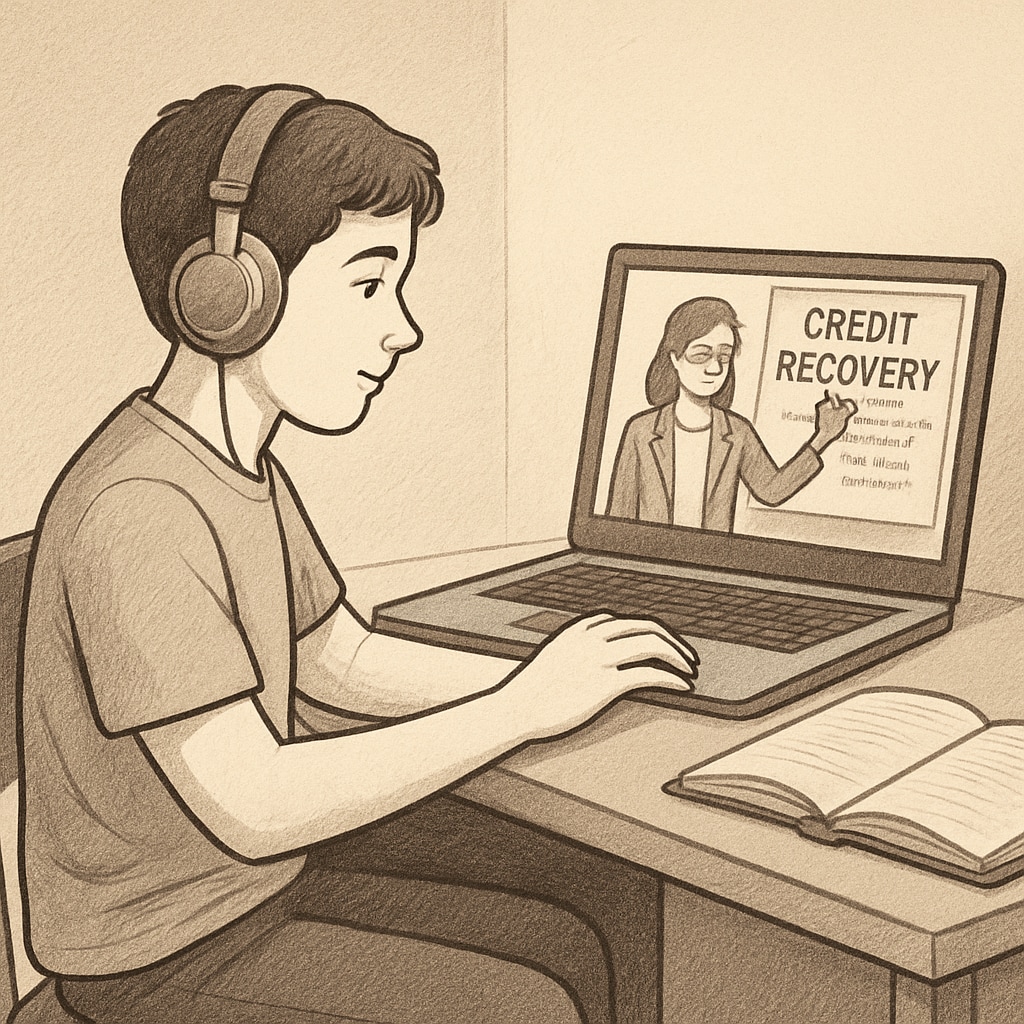For students facing challenges such as ADHD or personal setbacks, catching up on high school credits within two years may seem daunting. However, with the right strategies, determination, and support, it’s entirely possible to recover lost progress and graduate successfully. This guide details a step-by-step plan to help you overcome obstacles and regain academic momentum, ensuring you stay on track for graduation.
Understanding the Problem: Why High School Credits Matter
High school credits are the foundation of your academic journey and a critical requirement for graduation. Falling behind due to ADHD, family issues, or other personal struggles can feel overwhelming, but recognizing the importance of catching up is the first step toward success. Credits not only impact your graduation timeline but also your eligibility for college or career opportunities after high school.

Assessing Your Current Situation
Before creating a plan, take stock of your current academic status. Work with your school counselor to identify:
- The total number of credits needed for graduation.
- Which subjects or requirements you are missing.
- Options available for credit recovery, including summer school, online courses, or extracurricular programs.
Understanding your starting point will help you set realistic goals and prioritize tasks effectively.
Creating a Personalized Credit Recovery Plan
Students with ADHD or other challenges may benefit from a tailored approach to learning. Consider the following when building your plan:
- Break Down Goals: Divide your credit recovery into manageable milestones. For example, aim to complete 3-4 credits per semester.
- Use Time-Blocking: Create a daily schedule that balances study, breaks, and extracurricular activities. ADHD students may find structured routines particularly helpful.
- Leverage Technology: Use apps like Google Calendar or ADHD-friendly tools such as Trello for task management.
In addition, communicate regularly with teachers and counselors for feedback and adjustments to your plan.

Exploring Alternative Credit Recovery Options
If traditional methods don’t fit your circumstances, consider these alternatives:
- Online Courses: Platforms like Edgenuity and Khan Academy offer accredited high school courses that are often self-paced.
- Summer School: Many schools provide intensive summer programs to help students earn extra credits.
- Independent Study: Speak with your school about designing a custom curriculum to meet credit requirements.
These flexible options can cater to varying learning styles and schedules, making it easier to catch up.
Seeking Support for ADHD and Other Challenges
Managing ADHD alongside academic recovery requires targeted strategies. Consider the following:
- Professional Help: Work with a therapist or ADHD coach to develop coping mechanisms for focus and time management.
- Accommodations: Request accommodations at school, such as extended test times or reduced homework loads.
- Peer Support: Connect with other students facing similar challenges for motivation and accountability.
By addressing ADHD and other personal obstacles, you can create an environment that supports both your mental health and academic goals.
Staying Motivated and Celebrating Progress
Recovering high school credits can be a long journey, but maintaining motivation is key. Here’s how:
- Track Achievements: Celebrate small wins, like completing a course or passing an exam.
- Stay Flexible: Adjust your plan as needed to accommodate unexpected changes or challenges.
- Visualize Success: Keep your ultimate graduation goal in mind to stay focused.
Remember, progress—even if slow—is still progress, and each step brings you closer to graduation.
By following these steps, students struggling with ADHD or other personal setbacks can successfully recover lost high school credits and graduate on time. With determination, the right support, and a clear plan, you can overcome challenges and achieve your academic goals.
Readability guidance: This article uses short paragraphs, clear lists, and actionable advice to ensure accessibility for a broad audience. Transitions (e.g., “however,” “in addition”) are used to maintain flow and coherence throughout.


